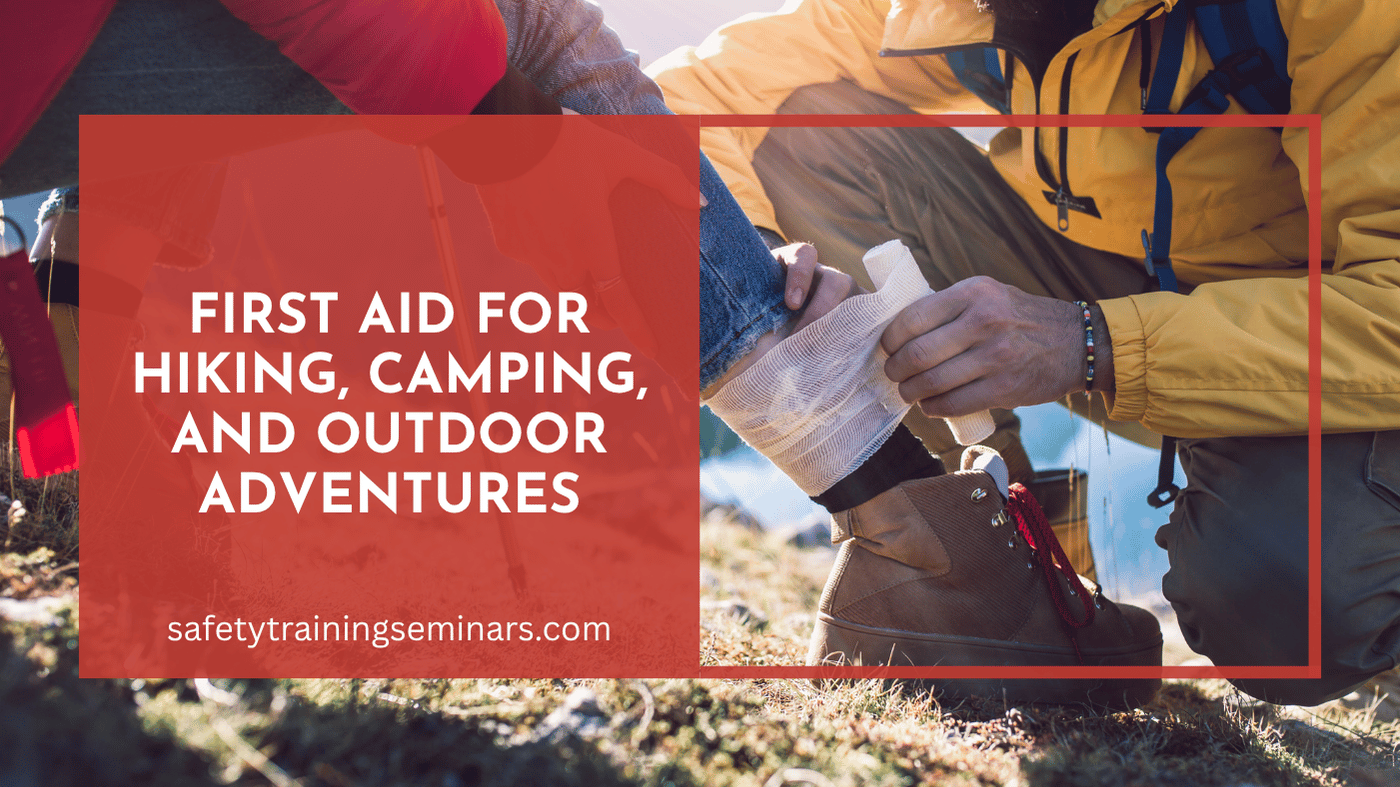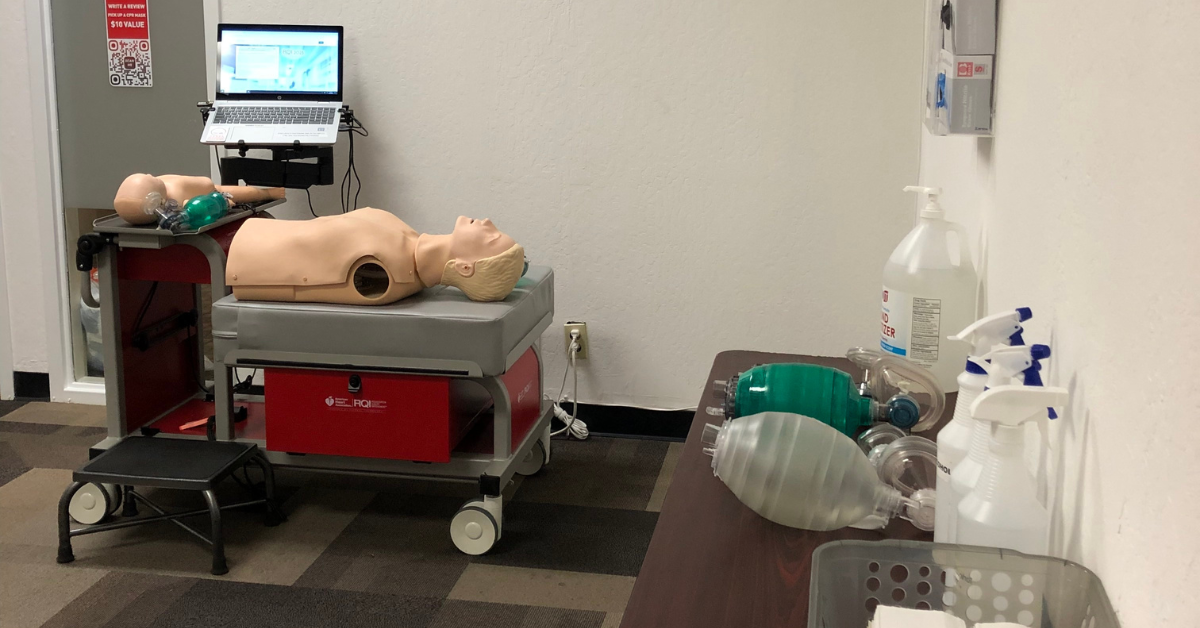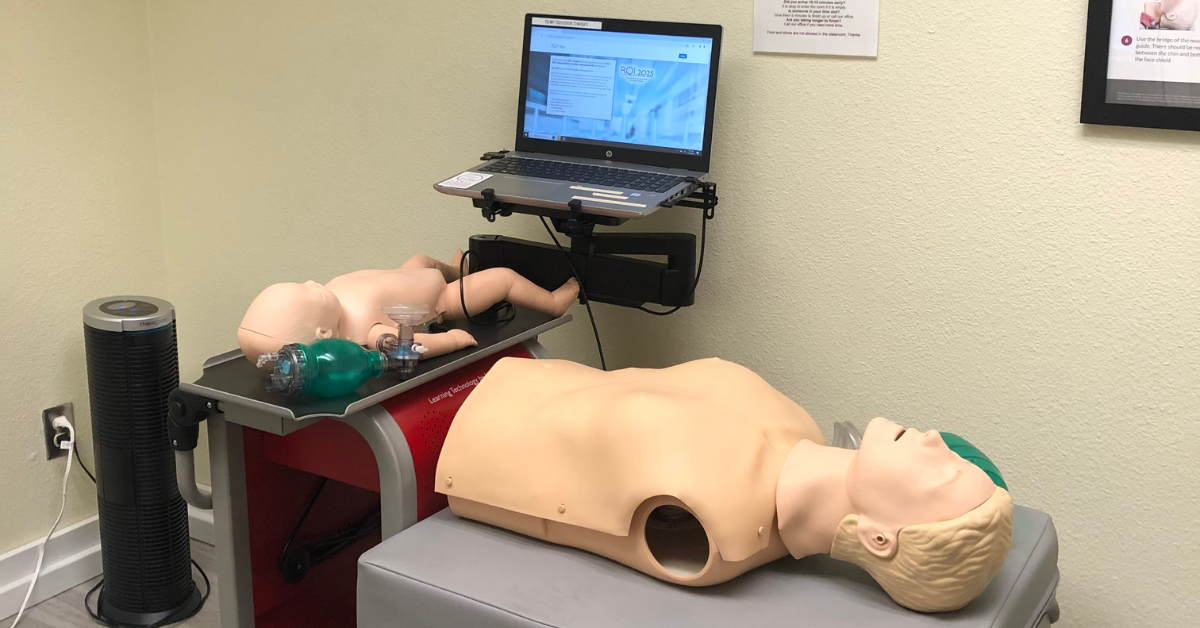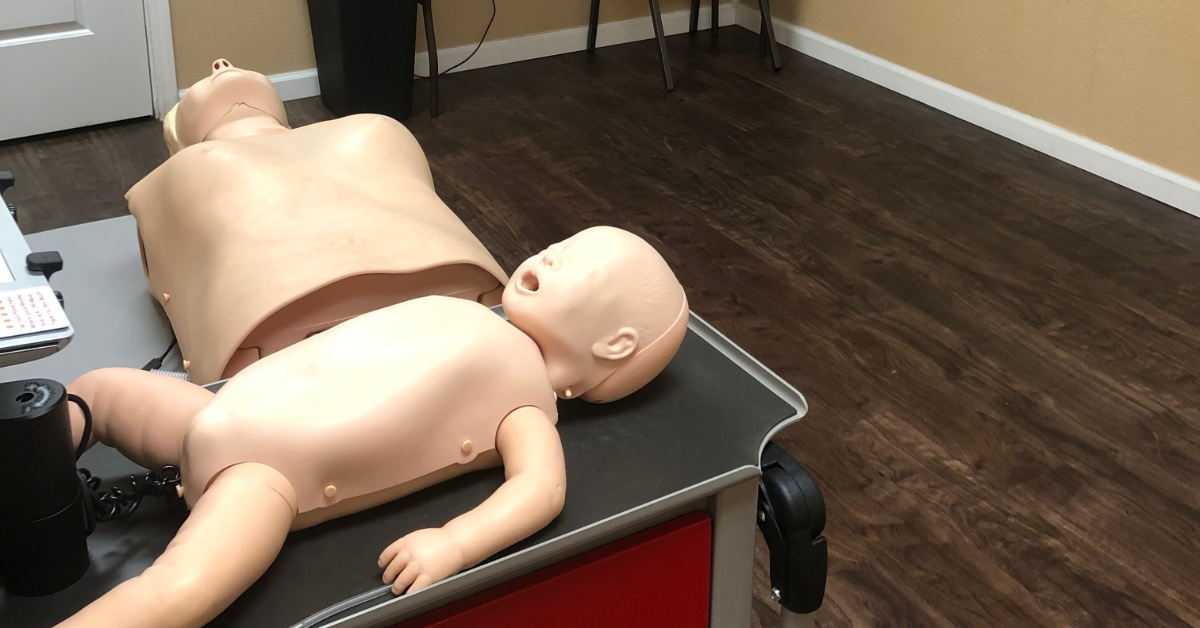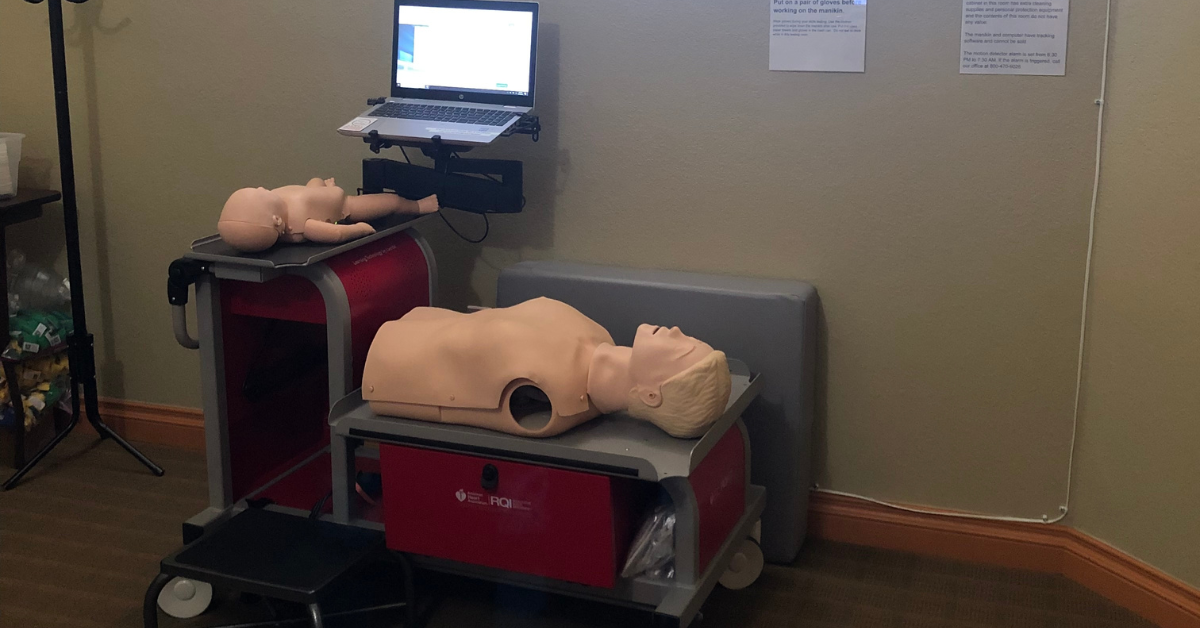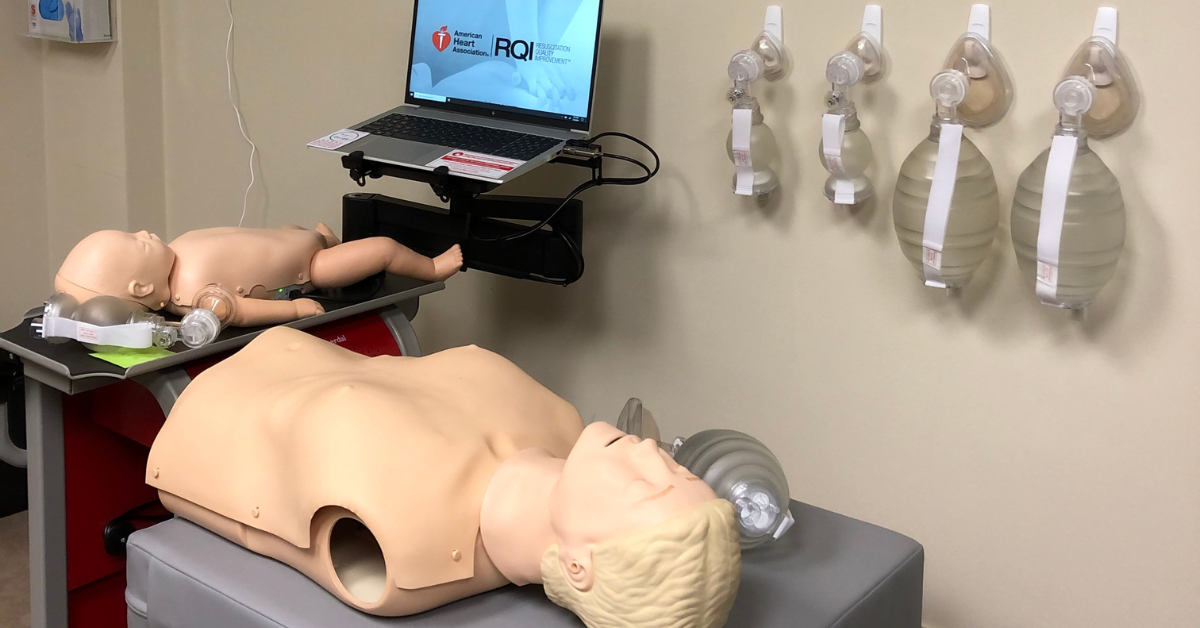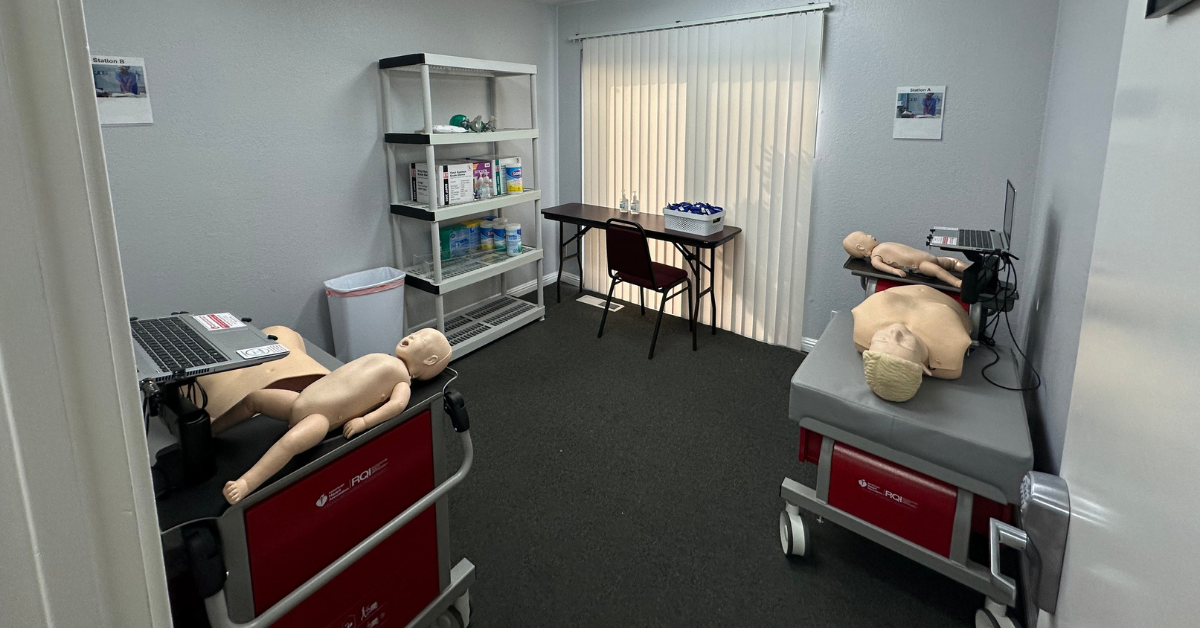When you’re miles from the nearest hospital, knowing basic first aid can mean the difference between a minor setback and a life-threatening emergency. Every year, thousands of outdoor enthusiasts face injuries ranging from simple cuts to serious trauma while hiking, camping, or exploring remote areas.
This comprehensive guide covers the essential first aid skills and supplies you need for safe outdoor adventures. You’ll learn how to handle common wilderness injuries, what to pack in your first aid kit, and when to seek emergency help. Whether you’re a weekend warrior or a seasoned adventurer, these skills could save your life—or someone else’s.
Why Outdoor First Aid Matters
Outdoor activities carry unique risks that don’t exist in everyday life. You might encounter:
- Remote locations with no cell service or immediate medical help
- Environmental hazards like extreme weather, wildlife, or dangerous terrain
- Physical challenges that increase injury risk
- Limited resources for treating injuries
The average emergency response time in wilderness areas can range from 30 minutes to several hours—or even days in extreme cases. During this critical window, proper first aid can prevent a minor injury from becoming a major medical emergency.
Building Your Outdoor First Aid Kit
Your first aid kit is your lifeline in the wilderness. Here’s what every outdoor enthusiast should carry:
Essential Supplies
Wound Care:
- Adhesive bandages (various sizes)
- Sterile gauze pads (2×2 and 4×4 inches)
- Medical tape
- Antiseptic wipes or solution
- Antibiotic ointment
- Elastic bandages for sprains
Medications:
- Pain relievers (ibuprofen, acetaminophen)
- Antihistamines for allergic reactions
- Anti-diarrheal medication
- Personal prescription medications
- Aspirin for heart emergencies
Tools:
- Tweezers for splinter removal
- Scissors for cutting tape or clothing
- Thermometer
- Disposable gloves
- Emergency whistle
- Flashlight or headlamp
Emergency Items:
- Emergency blanket (space blanket)
- Instant cold packs
- Triangular bandages for slings
- Duct tape (multipurpose repairs)
Kit Size Considerations
Choose your kit size based on your activity:
- Day hikes: Compact kit with basics
- Multi-day trips: Comprehensive kit with extra supplies
- Group adventures: Larger kit to cover multiple people
- High-risk activities: Specialized items for your specific sport
Common Outdoor Injuries and Treatment
Cuts and Scrapes
What to do:
- Clean your hands with hand sanitizer or soap
- Apply direct pressure to stop bleeding
- Clean the wound with clean water or saline solution
- Apply antibiotic ointment if available
- Cover with a sterile bandage
- Monitor for signs of infection
When to seek help: Deep cuts that won’t stop bleeding, cuts showing fat or bone, or signs of infection.
Sprains and Strains
Remember RICE:
- Rest the injured area
- Ice for 15-20 minutes every 2-3 hours
- Compression with elastic bandage (not too tight)
- Elevation above heart level when possible
Red flags: Inability to bear weight, severe pain, numbness, or deformity.
Burns
For minor burns:
- Cool the burn with clean, cool water for 10-20 minutes
- Remove jewelry or tight clothing before swelling starts
- Apply aloe vera or cool, wet cloth
- Cover with sterile gauze
- Take pain medication as needed
Never: Use ice, butter, or other home remedies on burns.
Hypothermia
Early signs:
- Shivering
- Confusion
- Clumsiness
- Fatigue
Treatment:
- Move person to warm, dry shelter
- Remove wet clothing
- Wrap in dry blankets or sleeping bag
- Give warm, sweet drinks (no alcohol or caffeine)
- Apply heat packs to neck, chest, and groin
- Get medical help immediately
Heat Exhaustion
Symptoms:
- Heavy sweating
- Nausea
- Weakness
- Headache
- Dizziness
Treatment:
- Move to shade or cool area
- Remove excess clothing
- Apply cool water to skin
- Give small sips of water
- Rest in recovery position
Emergency: If symptoms worsen or person becomes unconscious, treat as heat stroke and get immediate medical help.
Insect Stings and Bites
For normal reactions:
- Remove stinger if present (scrape, don’t squeeze)
- Clean area with soap and water
- Apply cold pack to reduce swelling
- Take antihistamine for itching
- Monitor for allergic reactions
Severe allergic reactions require immediate medical attention and may need epinephrine.
Fractures
Signs of fracture:
- Severe pain
- Swelling
- Deformity
- Inability to use the limb
- Grinding sensation
Treatment:
- Don’t move the person unless in immediate danger
- Immobilize the injured area
- Support the limb above and below the injury
- Apply ice pack (wrapped in cloth)
- Treat for shock
- Get emergency medical help
When to Call for Help
Some situations require immediate professional medical attention:
- Severe bleeding that won’t stop
- Head injuries with loss of consciousness
- Chest pain or difficulty breathing
- Severe allergic reactions
- Suspected spinal injuries
- Severe burns covering large areas
- Signs of shock (pale, cold, weak pulse)
Emergency Communication
Before heading out:
- Tell someone your planned route and return time
- Carry a satellite communicator or personal locator beacon
- Know your exact location (GPS coordinates)
- Have emergency contact numbers programmed in your phone
Prevention: Your Best First Aid
The best first aid is preventing injuries in the first place:
- Check weather conditions before departing
- Tell someone your plans and expected return
- Carry the 10 essentials (navigation, sun protection, insulation, illumination, first aid, fire, repair tools, nutrition, hydration, emergency shelter)
- Know your limits and turn back if conditions deteriorate
- Stay hydrated and take regular breaks
- Wear appropriate gear for your activity and conditions
Building Your Skills Beyond the Basics
Reading about first aid is a great start, but hands-on training makes all the difference. When you practice these skills in a controlled environment, you’ll respond more effectively during real emergencies.
Practice scenarios help you:
- Build muscle memory for critical procedures
- Learn to stay calm under pressure
- Understand when to use specific techniques
- Gain confidence in your abilities
Take Your Training to the Next Level
We strongly encourage outdoor enthusiasts to get formal first aid training. At Safety Training Seminars, we offer comprehensive CPR and first aid courses that give you the confidence to handle emergencies both in the wilderness and at home.
Our American Heart Association certified courses cover:
- CPR techniques for adults, children, and infants
- AED operation for cardiac emergencies
- Wound care and bleeding control
- Shock treatment and emergency response
- Hands-on practice with realistic scenarios
With over 70 locations throughout California and same-day certification, we make it easy to get the training you need. Our courses feature a 100% pass rate guarantee and are taught by experienced instructors who understand the unique challenges of outdoor emergencies.
Don’t wait until you’re facing an emergency to wish you had better training. Your next outdoor adventure could depend on the skills you learn today.
For those seeking to advance their emergency response abilities, hands-on courses like the BLS CPR Classes in San Rafael offer focused, practical training tailored to real-world scenarios. If you’re in the eastern regions, the BLS CPR Classes in Roseville provide an equally convenient option. Both locations are designed to help you stay certified while building confidence in managing emergencies with ease.


